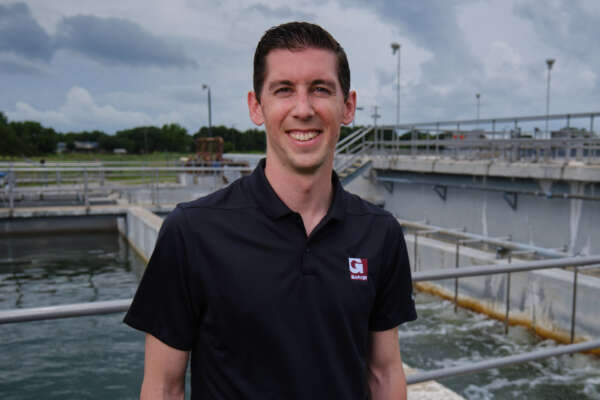USEPA evaluates risks of PFOA and PFOS in sewage sludge
USEPA’s Draft Sewage Sludge Risk Assessment examines scenarios for risk to human health from disposal of sewage sludge contaminated with PFOA and PFOS
The 60-day public comment period for the United States Environmental Protection Agency’s (USEPA) draft sewage sludge risk assessment is underway, following its January 14, 2025, release. This is a continuation of the scientific process to further understand human health risks posed by two per- and polyfluoroalkyl substances (PFAS) or “forever chemicals,” perfluorooctanoic acid (PFOA) and perfluorooctane sulfonic acid (PFOS), in sewage sludge that has been disposed of through biosolids land application, through surface disposal, or through incineration.
Following review of feedback collected during the public comment period, which closes on March 17, 2025, and revisions, USEPA will release a final risk assessment. This final assessment will then help the agency determine whether, under the Clean Water Act, regulating PFOA and PFOS in sewage sludge is appropriate.
A draft risk assessment is a scientific report characterizing the nature and extent of health risks to people from pollutants in the environment. This draft risk assessment has a narrow focus on a specific, hypothetical population that USEPA considers most at risk from exposure to PFOA and PFOS in biosolids used as fertilizer in land application: people living on farms growing vegetable or fruit crops; or on farms with pasture-raised dairy cows, beef cattle, or chickens; or on a pasture farm where reclamation of damaged soils, such as an overgrazed pasture, occur.
The hypothetical people in these farm scenarios are considered most at risk because of their proximity to the site of the contaminated biosolids land application and because of exposure through consumption of the crops grown on that land or of livestock raised on that land. The model considered three main factors: the level of PFOA and PFOS in the biosolids, how much exposure people have to these contaminants, and how toxic the contaminants are to them.
The model also went through two phases: a screening-level risk analysis that assumed people living on a pasture or crop farm faced high concentrations of PFOA and PFOS in sewage sludge and high consumption rates for every possible way they could be exposed - through drinking contaminated water or milk, eating contaminated vegetables or beef, etcetera. The results from the high-end or 95th percentile screening approach showed high risk levels for all possible exposures.
To grasp the range and magnitude of health risks under less extreme scenarios or uses, USEPA then performed a refined risk assessment that considered central tendency or 50th percentile exposure conditions instead of high-end exposure conditions. The results of this central tendency modeling led USEPA to conclude that land-applied sewage sludge containing a detectable level - 1part per billion (ppb) or more - of PFOA and PFOS in some pasture farm, food crop farm, and reclamation scenarios may pose health risks above the agency’s risk thresholds for cancer and non-cancer effects.
These findings should not be viewed as risks for the general public or to the general food supply. The risk assessment focuses specifically on the risk to people living on or close to sites land applying biosolids and consuming water or food produced on those sites.
USEPA also considered the risks from contaminated groundwater exposure, concluding that when sewage sludge containing 1 ppb of PFOA or 4 to 5 ppb of PFOS is disposed of in an unlined or clay-lined surface disposal unit there may be health risks for those living near the site.
The agency did not model incineration scenarios for the draft risk assessment due to uncertainties surrounding destruction of PFOA and PFOS in sewage sludge incineration, providing a qualitative description of potential risks to people who live near a sewage sludge incinerator instead.
USEPA has emphasized that the draft risk assessment’s findings are preliminary, and that it is not a regulation or official USEPA guidance. There is no required action for wastewater treatment plants (WWTP) or state water agencies at this time. Cognizant of both the benefits of land applied biosolids and the constraints on WWTP’s sewage sludge management, USEPA’s assessment is informed by a comprehensive understanding of the reality faced by WWTPs.
In addition to an extensive Draft Sewage Sludge Risk Assessment for PFOA and PFOS FAQ,
USEPA has created fact sheets specifically for WWTPs and state water agencies, offering an in-depth summary of the preliminary risk assessment’s findings, a breakdown of information connected to the assessment, and management options and practice recommendations for reducing risk.
USEPA also held a public webinar, published the slide deck from that webinar presentation, and more. In all of these informative resources, USEPA stresses what this draft risk assessment is and, significantly, what it is not.
To learn more about how Garver can help manage PFAS challenges, visit our PFAS page.








Share this article